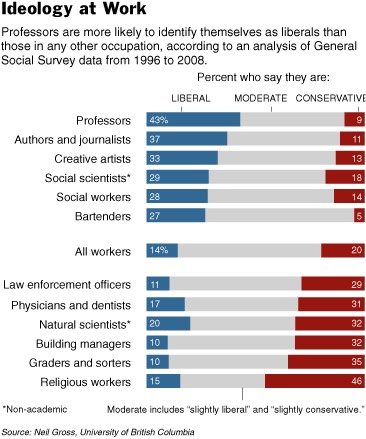Catherine L. sent in the following picture of a (gramatically incorrect?) ad in the window of a sportings good store in Wellesly, MA:
“Mothers’ hours” refers to those hours during which kids are in school. The term reveals the assumption, or prescription, that it is women who take care of kids after school.
Of course, that a company is offering work to primary caretakers is actually quite nice and supportive of families. But it would be entirely easy to instead say “parents’ hours” instead. Still, it’s possible that employers would be suspicious of any man who wanted to work only part time and assume they were both bad fathers and bad workers. Employers are known to discriminate against men who do not put their job before their family.
Lisa Wade, PhD is an Associate Professor at Tulane University. She is the author of American Hookup, a book about college sexual culture; a textbook about gender; and a forthcoming introductory text: Terrible Magnificent Sociology. You can follow her on Twitter and Instagram.






